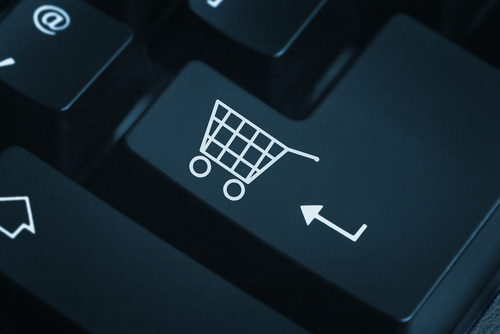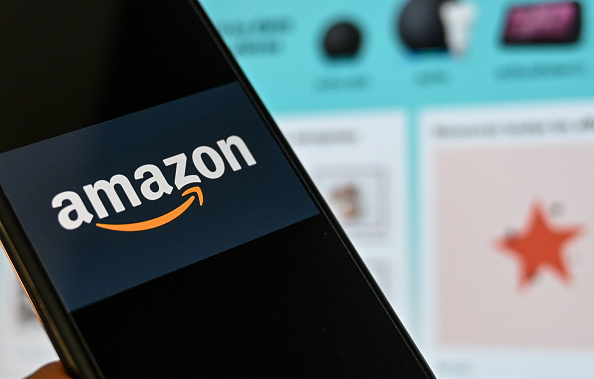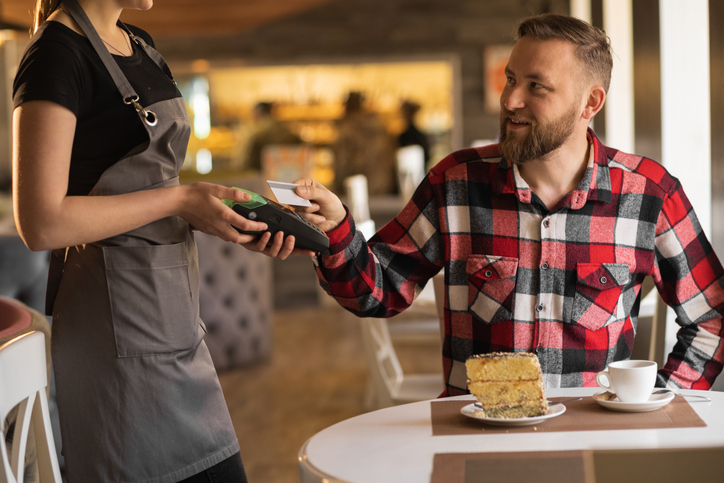Last month I looked at how you can develop the important art of upselling and cross-selling and demonstrated how, if you can find out what is motivating customers to buy, you can sell them both the right stuff, and more stuff. This month I am going to develop this further and talk about moving the process online, applying the same skills to e-commerce.
There are good reasons to do so. Hard facts are difficult to come by, but it is rumoured that Amazon, who is generally considered to be master of this art, makes as much as 35 per cent of its sales through online upselling features. The good news is that, whilst there is a technical element to the delivery of the e-commerce upsell, you can use a broadly similar approach to the one you use for personal selling and in-store to benefit.
Identifying customer motivation online
So how do you find out what’s driving your customers to make purchases online, other than having some kind of web chat with every visitor?
A popular approach is to use ‘customer personas’ to ensure that specific types of visitors can be directed to pages tailored for their particular set of needs. For instance, imagine you are selling cameras. A common approach used by online retailers is to display a page of products (often their most popular items), a list of brand names and some navigation based on product categorisation: compact digital cameras, compact system cameras, bridge digital cameras, digital SLR cameras, etc.
You can see why this makes sense, but there is a significant flaw. Using product categorisation assumes that visitors to the site understand what they mean and know what the type of product they need. To get advice they have to find the buyers’ guides.
A better approach is to offer another style of navigation, geared around common customer search criteria: cameras for family fun, cameras for outbound adventurers, cameras for star gazers, cameras for professionals, etc.
Using these customer personas enables two things
- Consumers who are unfamiliar with product categories can find the camera they need
- Sellers can offer ranges of products and accessories specific to the consumers’ needs.
It’s usually impracticable to create a persona that’s unique to every customer (though theoretically it’s the goal of every online marketer). However, it’s usually easy to identify the main personas using some basic research.
Analytics
By studying your site analytics you can identify the source of visitors to your site. The keywords and phrases people use to find your site and what information pages they linger on.
Online media
This is identifying what your customers talk about online. Where are your products talked about, what advice do people seek and what responses are given?
Sales data
What products are purchased in combination? Include sales though your bricks and mortar store (if you have one) as your site layout may actually prevent people from buying all the things they need (as they can’t find stuff).
Combining a bit of background research with a decent helping of common sense, imagine talking to these imaginary customers. What questions would they ask and how would you respond? If you can predict their needs and showcase your specialist knowledge, you’ll be able to create some impressive and effective content.
Customer satisfaction
But this is not just about selling more. Apart from Amazon’s rumoured success, there is empirical evidence that upselling is popular with the punters. We asked 250 consumers to what extent the following commonly used marketing features had on their willingness to buy more.
Also bought:
Where the browser is shown products other customers have purchased at the same time as the one they are viewing.
Bestsellers:
Here the consumer sees the best-selling products in a category.
Frequently bought together:
This is where visitors are presented with two products that are frequently purchased at the same time.
Related products:
Where related products are promoted with the main item, such as a camera with a case and memory card.
Other things viewed:
Here the shopper is shown items that other customers viewed once they had considered the item you are currently looking at.
Delivery price nudge:
In the checkout there is a message saying ‘If you spend another £X you can get free delivery’.
According to the research the following proportions of people rated each feature as having “Some Influence or More”.
Percentages of people who said they were influenced by upselling and cross-selling features:
Delivery price nudge 82.78%
Bestsellers 58.18%
Related products 51.23%
Other things bought 49.18%
Frequently bought 45.09%
Also bought 40.16%
From this it’s clear that the delivery price nudge option is a no-brainer to implement, but don’t dismiss the rest, even the least effective feature, also bought, influences four people in ten!
All too often doing the detailed work of planning promotions, creating content and testing ideas may seem a difficult and indirect path to success. But the evidence suggests making the effort can pay dividends. Upselling and cross-selling have not only been proven to generate additional revenues, they are also popular with consumers who continue to love great customer service and, above all else, a bargain.





